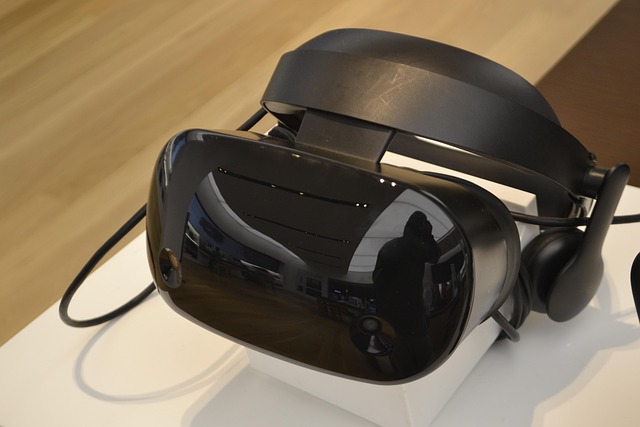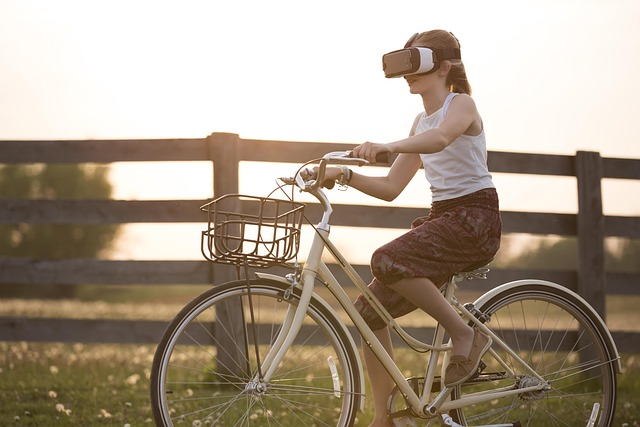Unlocking a New Dimension in Gaming with Spatial Motion Detection
Imagine stepping into your favorite game, where every twist, turn, and subtle movement you make is seamlessly mirrored in the digital world. This is the revolutionary promise of spatial motion detection — a technology that is redefining how players interact with games and elevating immersive experiences to unprecedented levels.
What is Spatial Motion Detection?
At its core, spatial motion detection is the ability of a system to sense and interpret movement in three-dimensional space. Unlike traditional controllers that rely on buttons and joysticks, spatial motion detection tracks your body’s motions with remarkable precision. It translates natural gestures into in-game actions, thereby breaking the barrier between you and your virtual avatar.
Enhancing Immersion in Gaming Worlds
For gamers, immersion is everything. It’s about feeling like you’re truly inside the game, rather than just playing it. Spatial motion detection enriches this sensation by enabling intuitive controls — your real-world movements become part of the gameplay. Whether you’re dodging enemies, casting spells, or navigating complex environments, the game responds organically to your spatial position and motion.
Competitive Edge and Physical Engagement
Beyond immersion, spatial motion detection can also offer a competitive advantage. Faster reflexes, precise motion tracking, and natural interaction styles foster better control and responsiveness. This can make the difference between victory and defeat in fast-paced game genres like first-person shooters or action RPGs.
Moreover, gaming with spatial motion detection often encourages physical activity, making gameplay more engaging and active. It blends entertainment and exercise, transforming gaming sessions into opportunities for physical engagement and fun.
Hardware Innovations and Accessibility
Thanks to advancements in sensors, cameras, and machine learning algorithms, spatial motion detection is becoming more accessible than ever. Devices like VR headsets, motion controllers, and even smartphones leverage this technology to provide players an intuitive, immersive experience without cumbersome equipment.
The Future of Gaming Interaction
As developers continue to harness the potential of spatial motion detection, we can anticipate even richer, more dynamic virtual worlds. Gesture-based controls combined with spatial awareness will unlock new gameplay mechanics and storytelling possibilities. Gamers will no longer just play games — they’ll physically live them.
For anyone passionate about gaming, embracing spatial motion detection technology isn’t just about keeping up with trends; it’s about being part of a paradigm shift that bridges the gap between the real and digital worlds in exhilarating ways.




